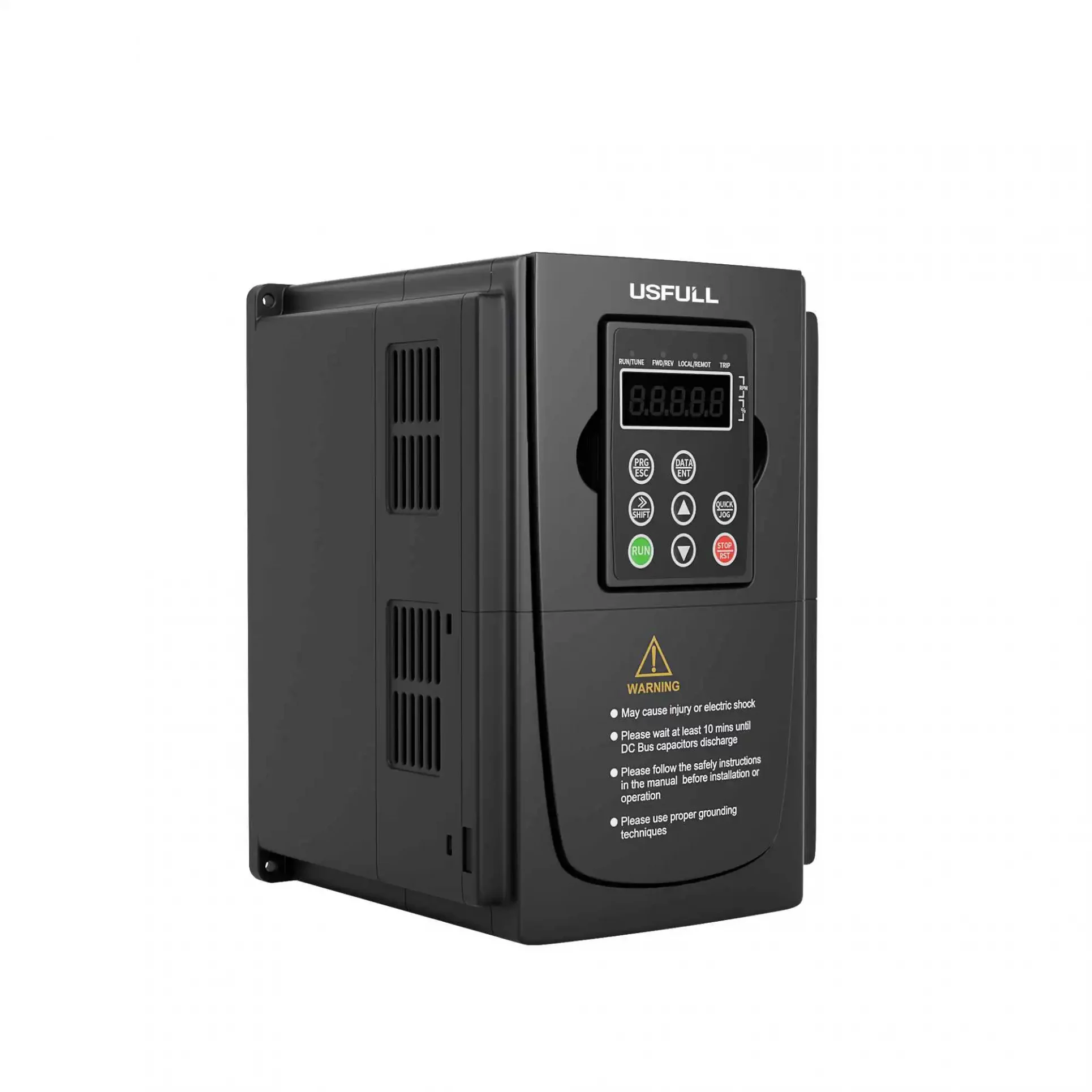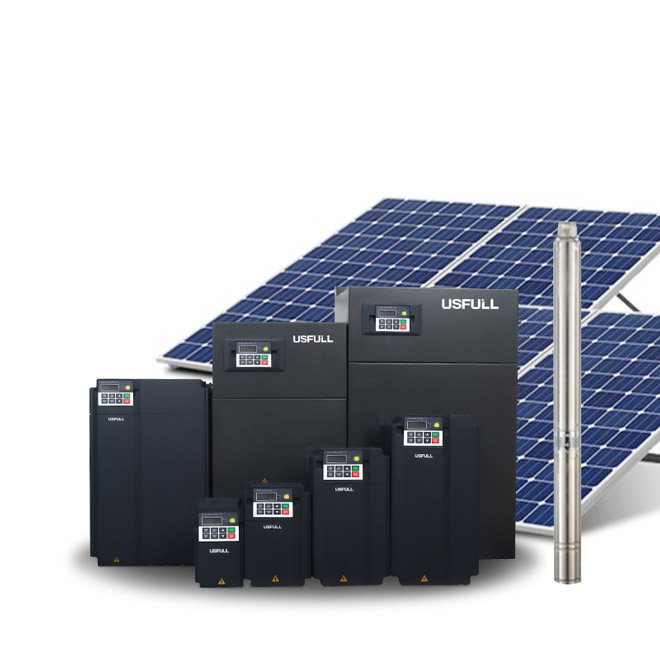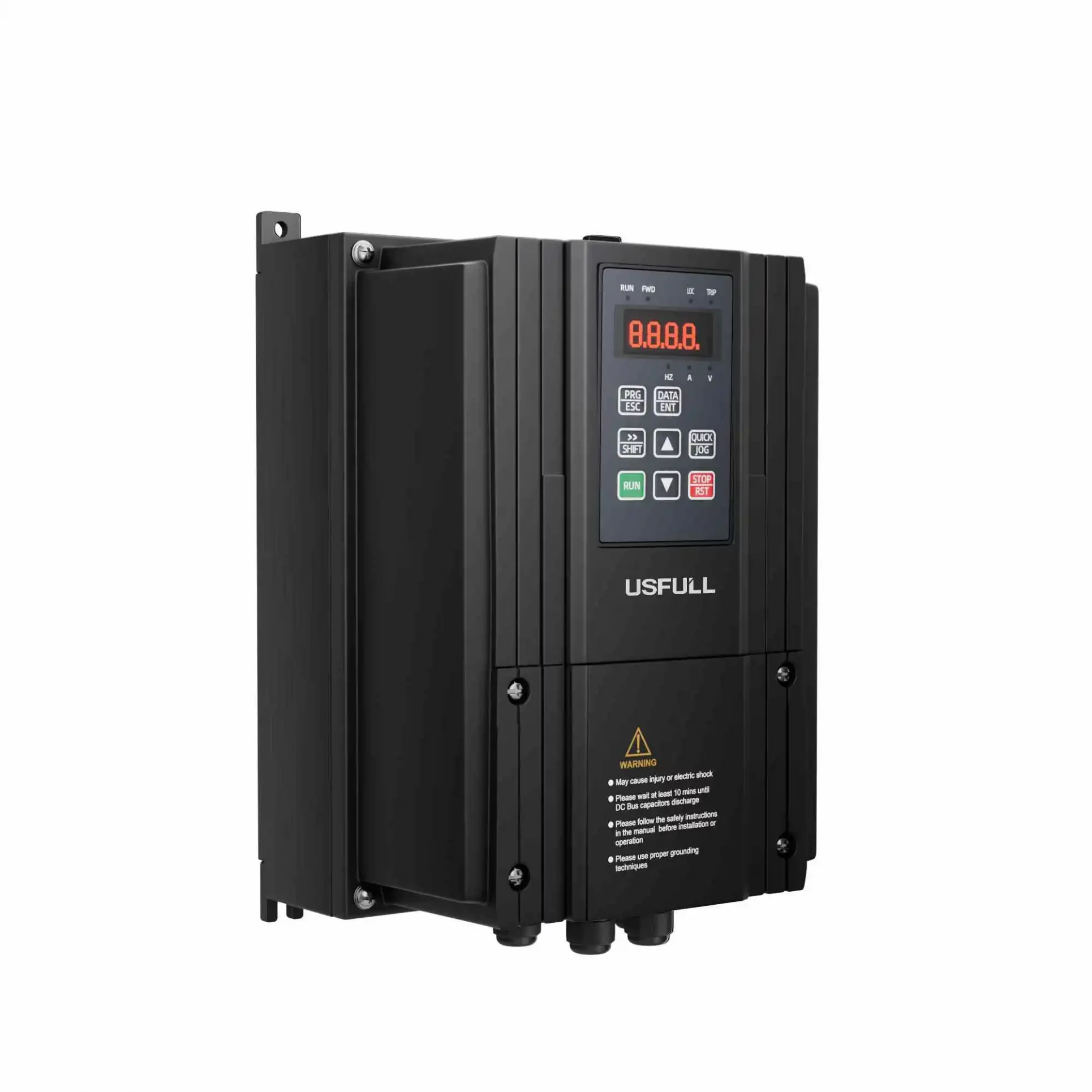Is your motor control system underperforming due to inefficient startup or speed regulation? Without the right choice between a Variable Frequency Drive (VFD) and a soft starter, you risk energy inefficiency, higher operational costs, and potential motor damage. Learn how to choose the optimal solution for your needs.
When choosing between a VFD and a soft starter, it’s essential to weigh their benefits and limitations. A VFD provides precise motor control, while a soft starter is designed for simpler, cost-effective applications. Each has its advantages depending on the specific needs of the motor system.
To make an informed decision, it’s important to understand the unique features and functionalities of both options. Let’s explore how a Variable Frequency Drive (VFD) and a soft starter can impact your motor performance, efficiency, and longevity.
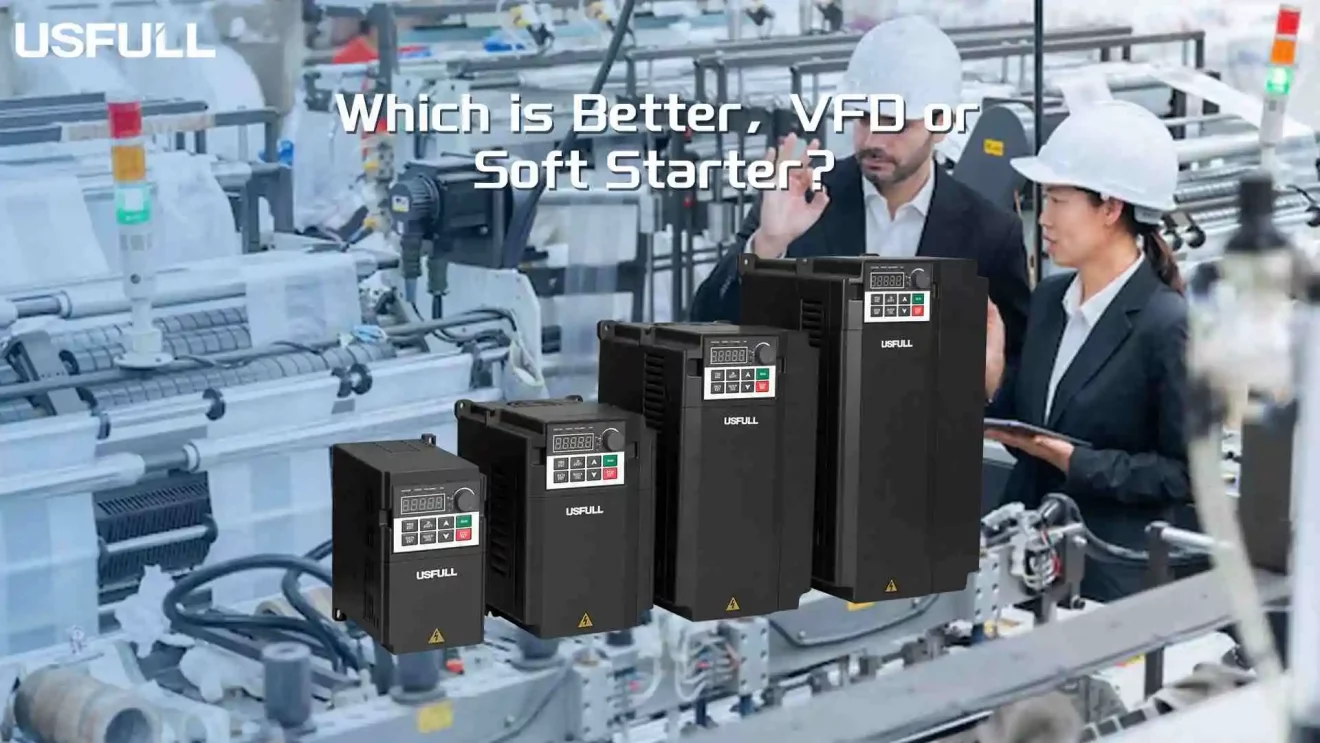
What is the Advantage of Variable Frequency Drive?
A Variable Frequency Drive (VFD) offers significant advantages in motor control, primarily through its ability to adjust the speed and torque of motors. By modifying the frequency of the supplied power, the VFD provides smooth acceleration and deceleration, leading to better overall performance. The primary advantage of a VFD is energy savings, as it allows the motor to run at the optimal speed, reducing energy consumption during operation.
Additionally, VFDs offer precise control over motor speed and can be programmed for various applications, including constant torque or variable torque control. They are ideal for applications requiring precise motor speed, such as in pumps, fans, and conveyors. The flexibility of a VFD allows users to achieve optimal motor performance across a range of conditions.
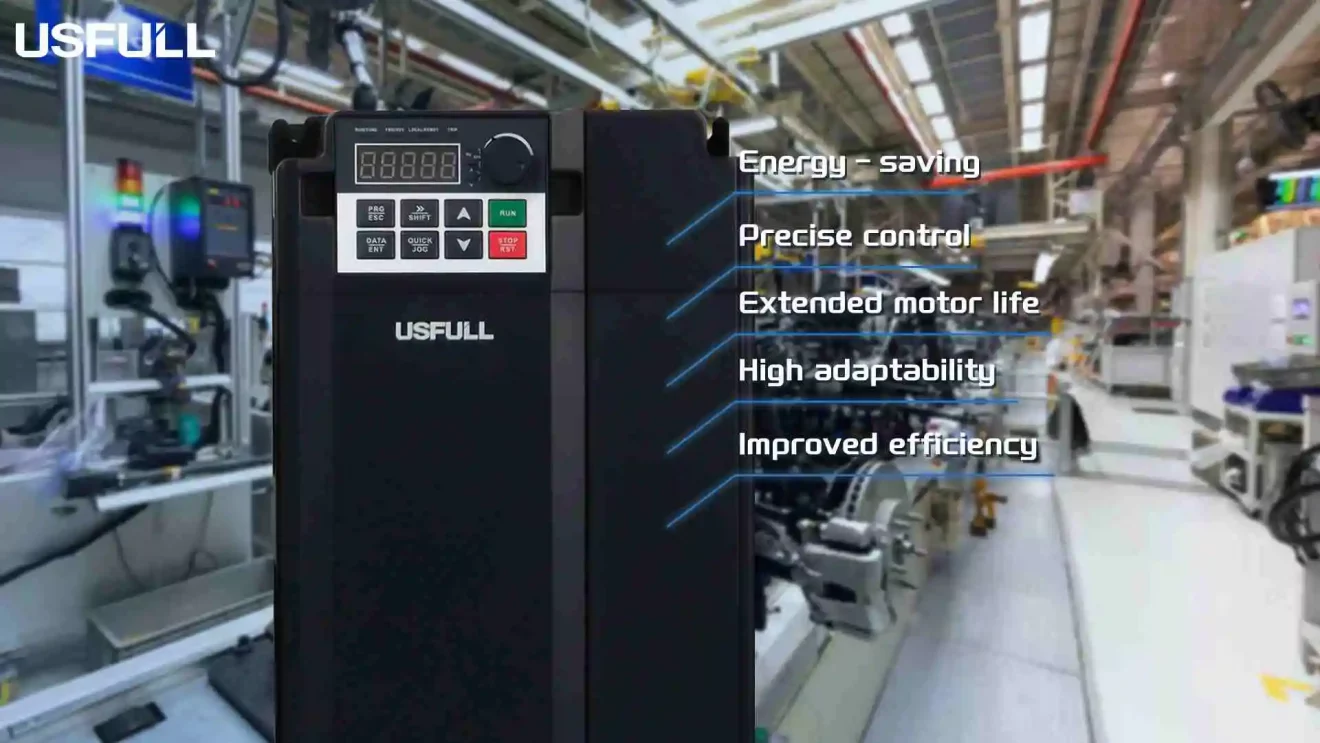
What is the Disadvantage of Variable Frequency Drive?
While VFDs are extremely versatile, they come with certain disadvantages. One of the primary drawbacks is their higher initial cost compared to soft starters. VFDs are more complex and require a more substantial investment in terms of both equipment and installation. Additionally, the maintenance of a VFD can be more demanding, requiring technical expertise to address issues such as overheating, motor bearing wear, and component failure.
Another disadvantage is the potential for electromagnetic interference (EMI) caused by the switching action of the VFD. This can affect sensitive equipment nearby unless proper shielding and grounding are implemented. The complexity of VFDs may also pose challenges in terms of training operators to use them effectively.
What is the Advantage of Soft Start?
Soft starters are designed to gradually increase the motor’s voltage during startup, minimizing inrush currents and mechanical stress on the system. The primary advantage of soft starters is their simplicity and cost-effectiveness. They are significantly cheaper than VFDs and are easier to install and maintain, making them an attractive option for basic motor applications that do not require speed control.
By reducing the electrical and mechanical stresses during startup, soft starters enhance the lifespan of both the motor and the associated equipment. Soft starters are particularly well-suited for applications where only smooth starting and stopping are required, such as with pumps, compressors, and large fans.
What is the Disadvantage of Soft Start?
Despite their benefits, soft starters have certain limitations. Unlike VFDs, soft starters cannot provide speed control during operation. Once the motor reaches its full speed, the soft starter’s role is complete. This makes soft starters unsuitable for applications requiring variable motor speeds or high precision.
Additionally, soft starters do not offer the energy efficiency benefits that VFDs provide. Since they only control the motor’s startup phase, they cannot regulate the motor’s power usage throughout its operational cycle. As a result, soft starters may not be the best solution for systems where continuous speed adjustments are required to optimize energy consumption.
Can a Soft Starter Damage a Motor?
Soft starters themselves are not likely to damage a motor, as their primary function is to reduce the stress placed on the motor during startup. By limiting inrush currents, soft starters protect the motor from damage caused by sudden voltage spikes. However, if the motor is continuously subjected to frequent starts and stops, it may experience wear and tear over time.
For applications with a high number of starts or where motor control beyond startup is needed, the soft starter may not be sufficient. In such cases, using a Variable Frequency Drive (VFD) may be more appropriate, as it offers better overall control and protection.
Why is a Variable Frequency Drive Better Than a Soft Starter?
A Variable Frequency Drive (VFD) is often considered superior to a soft starter due to its ability to provide more comprehensive motor control. While soft starters only limit inrush current during startup, VFDs offer full-speed regulation, allowing precise control over motor speed, torque, and energy consumption throughout the entire operating range.
VFDs help optimize energy efficiency by adjusting the motor’s speed to match the specific demands of the load, which can result in substantial energy savings in applications like pumps, fans, and compressors. Additionally, VFDs reduce mechanical wear and tear on the motor by eliminating sudden starts and stops, thus extending the motor’s lifespan.
Unlike soft starters, which only provide smooth acceleration and deceleration during the startup phase, VFDs offer continuous speed adjustment, enabling fine-tuned control that can adapt to varying conditions. This makes VFDs a more versatile and efficient solution for applications requiring dynamic motor control beyond just startup protection.

